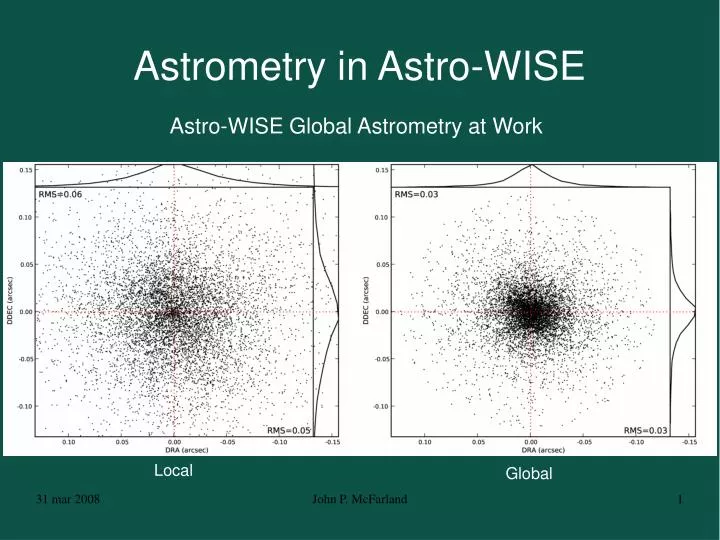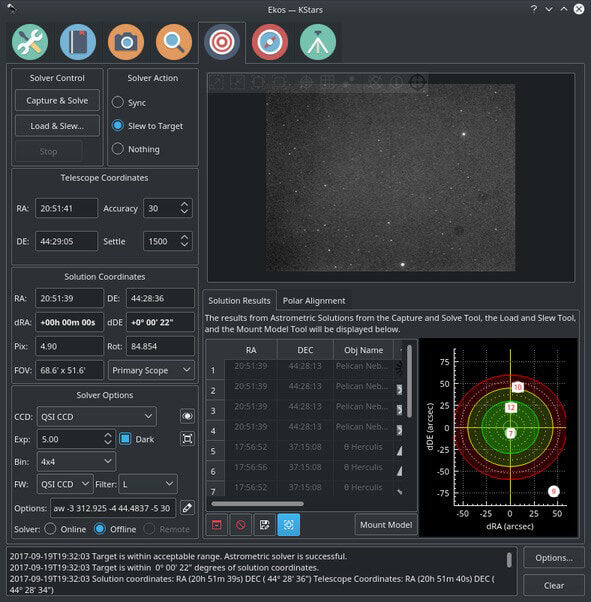

Even in major cities planets are usually still visible since they are brighter than most stars. Planets shine brighter than most stars, so they’re easy to recognize once you start looking up. Learning which bright stars and constellations are visible as the seasons change will help as well, since the position of planets and other objects will often be described in relation to these standards. If Venus is reported to be 15 degrees from the moon at a given time, you'll know that means roughly one and a half outstretched fists. The width of your outstretched fist held at arm’s length covers about 10 degrees of the sky.

Sky positions are commonly measured in degrees, where 0 degrees is the horizon and 90 degrees is directly overhead. You can also learn some shortcuts to help estimate positions in the night sky. The Moon also rises in the east and sets in the west, although its position will shift north or south depending on where you live and the time of year. The planets rise in the east and set in the west just like the Sun. The results of the campaign are presented.If you don’t already know, learn where north, east, south, and west are from your vantage point. Long-term monitoring of the COG sensor accuracy, precision and offset has been conducted, as well as observations of Geostationary Orbit (GEO) drifters to test the algorithms and architecture in the production environment. Suhora Observatory of the Pedagogical University in Cracow (Poland), and Comenius University (Slovakia). Nicolaus Copernicus Astronomical Center of the Polish Academy of Sciences (Poland), Max Planck Institute for Extraterrestrial Physics (Germany, COG), Mt.
#ONLINE ASTROMETRY GENERATOR#
For the simulated data tests, a dedicated synthetic frames generator has been developed, which allows one to reproduce all major error sources and isolate their effect.Ī24N has been tried and tested on a number of data sets from various observatories, including the ESA OGS and the Test Bed Telescope (TBT) in Spain, as well as observatories belonging to the Open University (UK), NEO data from ESA Optical Ground Station (OGS) were used, reduced with A24N, Astrometrica and compared (as ground truth) with ephemerides provided from JPL Horizons. We show the results obtained by the service from synthetic and real data sets. The architecture of the system, catalogue support, and the astrometric engine behind A24N are first described, followed by the description of the dedicated web portal, built on top of Sybilla Technologies AstroDrive engine, which enables the user to easily upload, store, search, view and manipulate their data. Processing is available on-demand, with optimized load balancing, depending on the actual usage. Use of state-of-the-art IT technologies and specifically developed detection and analysis algorithms, utilizing cloud premises, which allow for inexpensive Service Level Agreement (SLA) up to 99.9%. eds.), 22-, Darmstadt, Germany, ESA Space Safety Programme Office.Īstrometry24.NET (A24N) is the first openly available online tool for precise astrometry of astronomical objects able to provide an astrometric solution for both point sources as well as streaks left by non-sidereal moving objects (satellites and space debris or NearEarth Objects - NEOs).Ī24N is accessible by the end user through three interfaces a) a web browser with modern, responsive UI, b) a cross-platform Command Line Interface (CLI) and c) programmatically through a RESTful API. In: 1st NEO and Debris Detection Conference (Flohrer, T. Sybilska, Agnieszka Kozłowski, Stanisław Sybilski, Piotr Pawłaszek, Rafal Słonina, Mariusz Gurgul, Agnieszka Konorski, Piotr Drzał, Micha Hus, Sławomir Lech, Grzegorz Litwicki, Michał Pilichowski, Maciej Ślimak, Rafał Kolb, Ulrich Burwitz, Vadim Flohrer, Tim and Funke, QuirinĪstrometry24.NET – precise astrometry for SST and NEO.


 0 kommentar(er)
0 kommentar(er)
